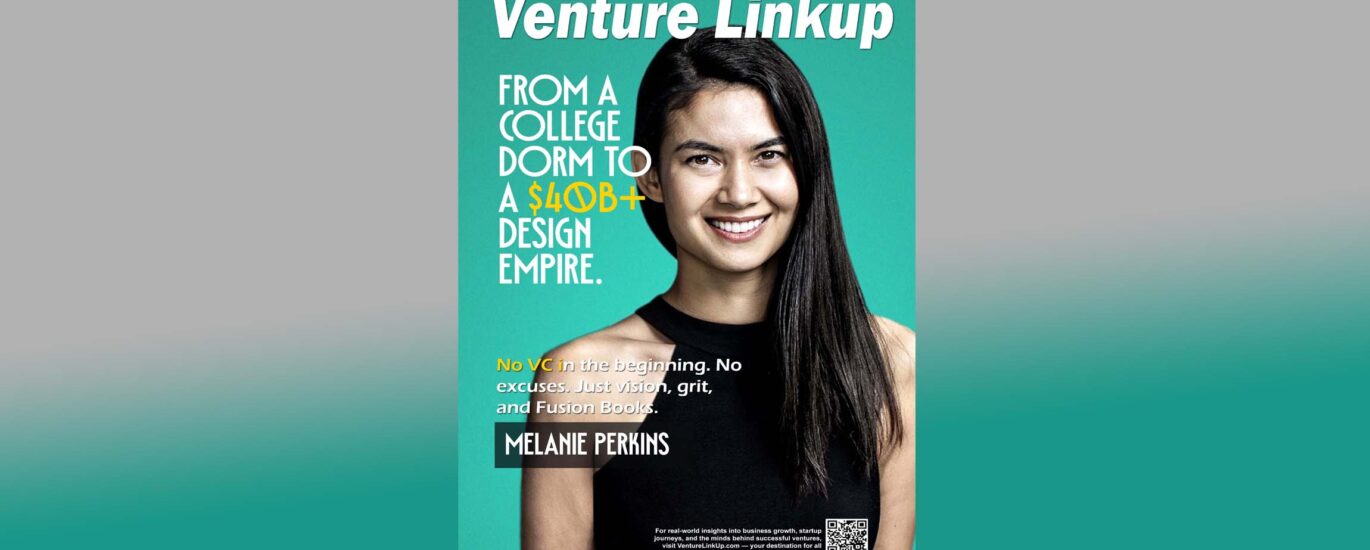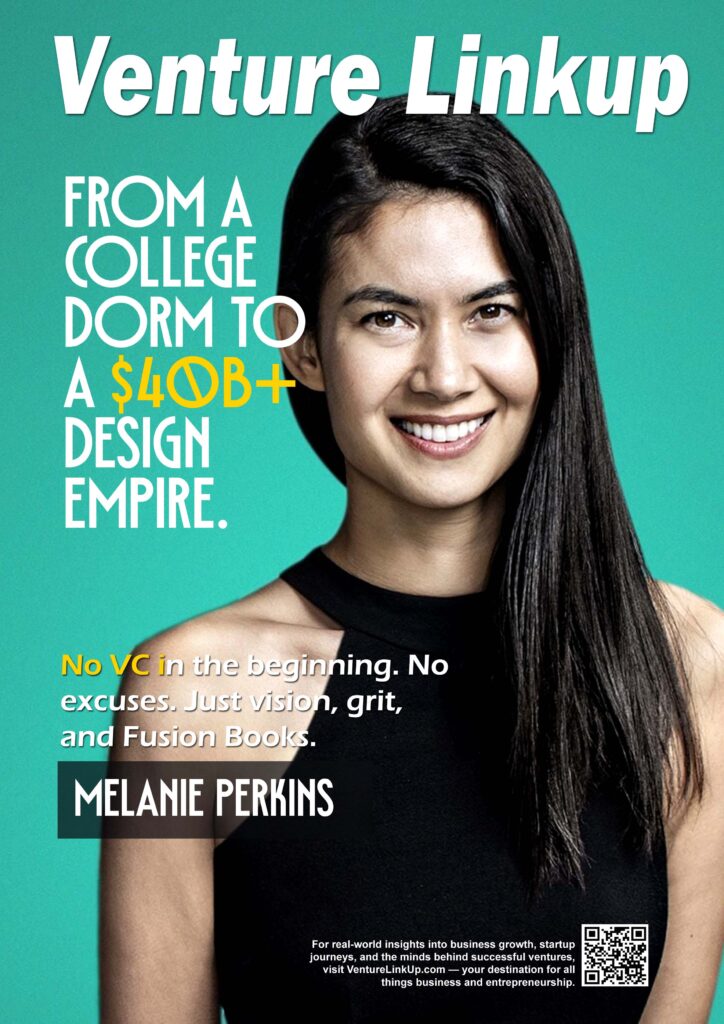Meet Melanie Perkins: The Girl Who Made Design Easy
Before Canva became a household name, Melanie Perkins was just a university student with a big idea and very little money. Today, she’s the co-founder and CEO of Canva, a design platform valued at over $40 billion. But what makes her story truly inspiring? She bootstrapped the early days of Canva with hustle, heart, and almost no external capital.
Where It All Started
Back in 2007, Melanie was teaching design software to her peers at the University of Western Australia. She noticed how difficult and clunky traditional design tools were. So, she thought, “Why not make design simple and accessible to everyone?”
That simple thought sparked the beginning of her journey.
Fusion Books: The First Startup
Melanie didn’t jump straight into Canva. She started with Fusion Books, an online tool that let students design their school yearbooks. Along with co-founder Cliff Obrecht (now her husband), she worked from her mom’s living room.
They did everything themselves-coding, customer support, even delivery!
By focusing on a niche market and bootstrapping growth, Fusion Books turned profitable. It also gave them the experience and confidence to think bigger.
Canva Was Born… But It Wasn’t Easy
The vision for Canva came next: a drag-and-drop design platform for everyone. But getting it off the ground wasn’t smooth. Melanie faced over 100 rejections from investors. Still, she didn’t give up. She and Cliff used revenue from Fusion Books to keep the dream alive.
Eventually, after years of persistence, they attracted their first major investor: Bill Tai, a Silicon Valley VC. But by that time, Canva already had momentum. The team had a working prototype, users, and a clear vision.
What Makes Melanie’s Story Special?
1. She Bootstrapped First
Instead of chasing big money early, Melanie focused on solving a real problem. She built Fusion Books, validated her idea, and scaled carefully. That made Canva’s foundation solid.
2. She Stayed True to Her Mission
Melanie wanted to empower the world to design, and that never changed. Whether it was students, small businesses, or nonprofits, Canva became the go-to design platform for the everyday user.
3. She Built a Billion-Dollar Culture
Even after raising funding, Canva stayed grounded. Melanie made sure the company focused on values like sustainability, diversity, and giving back. Canva even offers its pro version free to nonprofits.
Key Takeaways for Aspiring Founders
- Start small. Solve one specific problem first, like yearbooks.
- Bootstrap until it hurts. The best ideas survive and thrive without early funding.
- Pitch with purpose. Investors don’t just fund ideas. They fund persistence and progress.
Learnings
Melanie Perkins didn’t start with a unicorn. She started with a laptop, an idea, and loads of determination. Her story proves you don’t need to be in Silicon Valley or raise millions to create something world-changing.
So, if you’re building from a small city in India or brainstorming your next big idea, remember: bootstrapping isn’t a backup plan. It’s a superpower.
Looking to meet VCs who love bootstrapped grit and bold visions? Join the VentureLinkUp community and explore our founder-focused 100Cr Club for more inspiring stories.







